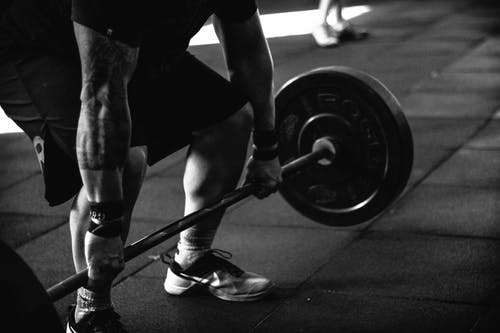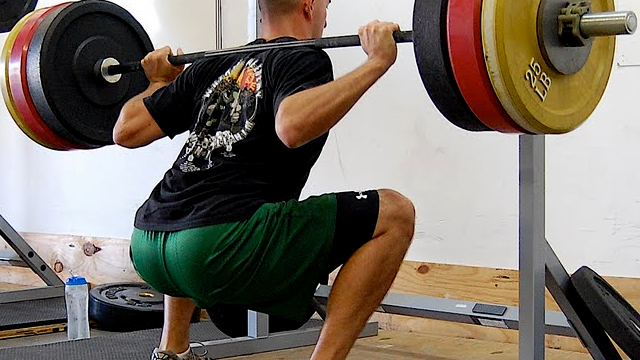The Olympic lifts have been a mainstay of strength and conditioning programs for decades. The rationale is that they are a whole body exercise, done from a standing / athletic position, and have to be done quickly. In other words, they develop strength and power, require a coordinated movement that involves exerting force against the ground, and may be similar to jumping. I.E. the Olympic lifts are similar to sports movements so there should be transfer between the lifts and sports performance.
There are challenges with using the Olympic lifts in a strength and conditioning program. They take a long time to master the techniques. The question is whether the time spent learning is a good use of the athlete’s time. Over the years a number of studies have been published suggestion that performing the Olympic lifts without “catching” the bar (i.e. performing pulls instead of cleans or snatches) has the same benefits that the full or power variations of the lifts.
Comfort et al performed an eight week study looking at this. The authors studied of 40 athletes and had both groups train twice per week in addition to their sports training. Both groups did squats, push presses, Nordic lowers, and RDLs. One group also performed power cleans and one group performed pulls instead. The study lasted eight weeks.
Results:
The table below shows the approximate increases in the squat jump (SJ), counter-movement jump (CMJ), and the force at 100, 150, 200, and 250 milliseconds for the isometric mid-thigh pull (in Newtons per kilogram). It shows this increase from the beginning of the study to the end for the power clean (i.e. catch) group and the pull only group.
| Catch | Pull | |
| SJ | 12% | 2% |
| CMJ | 10% | 5% |
| F100 | 15% | 12% |
| F150 | 16% | 14% |
| F200 | 11% | 12% |
| F250 | 9% | 10% |
| Peak Force | 12% | 9% |
Both groups improved on their CMJ and their force outputs. There wasn’t a real difference between the catch group and the pull group on the force outputs. The catch group made a larger increase on both the squat jumps and the counter-movement jumps.
The force production is interesting. It suggests that both exercises are similar in terms of their force generation requirements.
The differences in jump performance is also interesting. Since the force generation patterns are similar both groups should make similar increases on their squat and counter-movement jumps. The authors of the study suggest that the training stimulus (sets, reps, percentage of max) might need to be different for pulls than for power cleans.
This isn’t he first study to look at power cleans and clean pulls. For me this study suggests that the pull can be substituted for the clean in a training program provided that the stimulus is adjusted. This has some interesting implication for strength and conditioning practices.
For example, if we’re not performing lifts with a catch then we don’t have to spend as much time teaching/learning technique. If we’re not performing lifts with a catch, then do we need bumper plates anymore? If we’re not performing lifts with a catch and not using bumper plates, then do we need platforms anymore?
Comfort, P., Dos’Santos, T., Thomas, C., McMahon, J.J., and Suchomel, T.J. (2018). An investigation into the effects of excluding the catch phase of the power clean on force-time characteristics during isometric and dynamic tasks: An intervention study. Journal of Strength and Conditioning Research, 32(8): 2116-2129.



